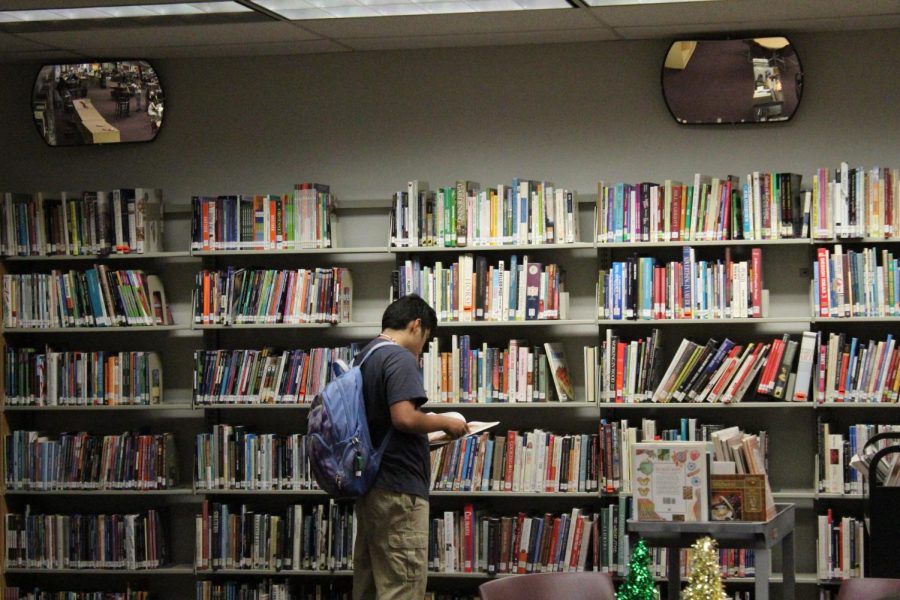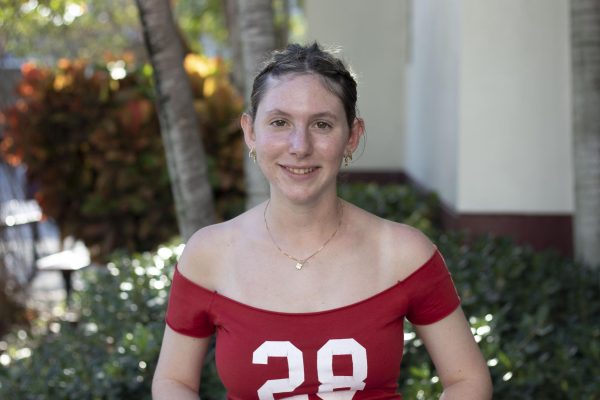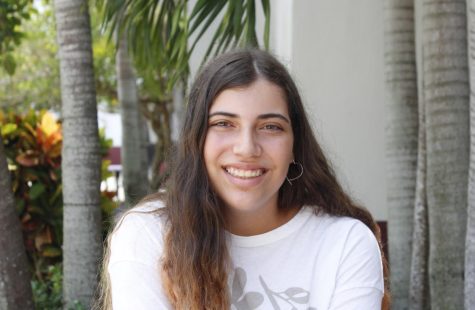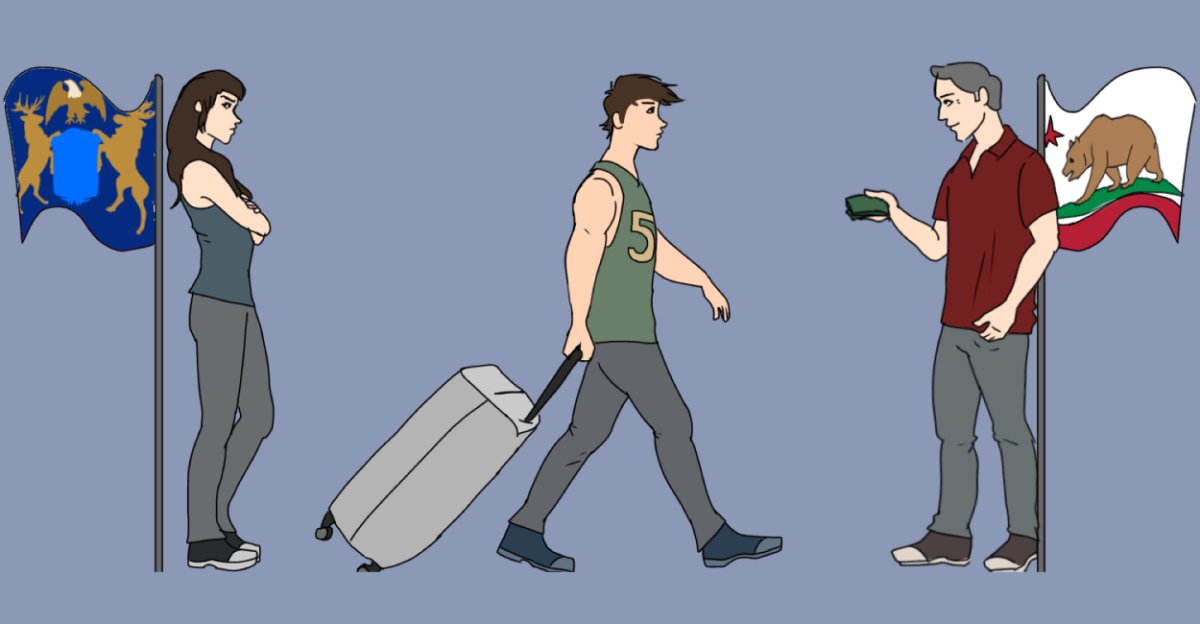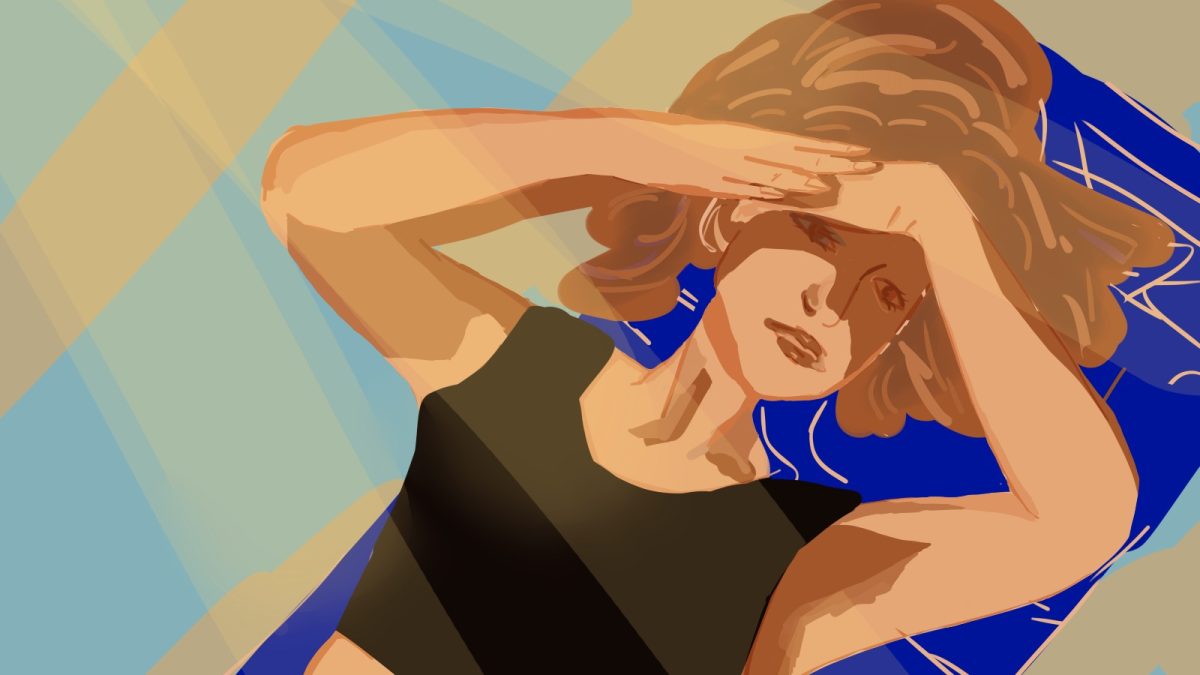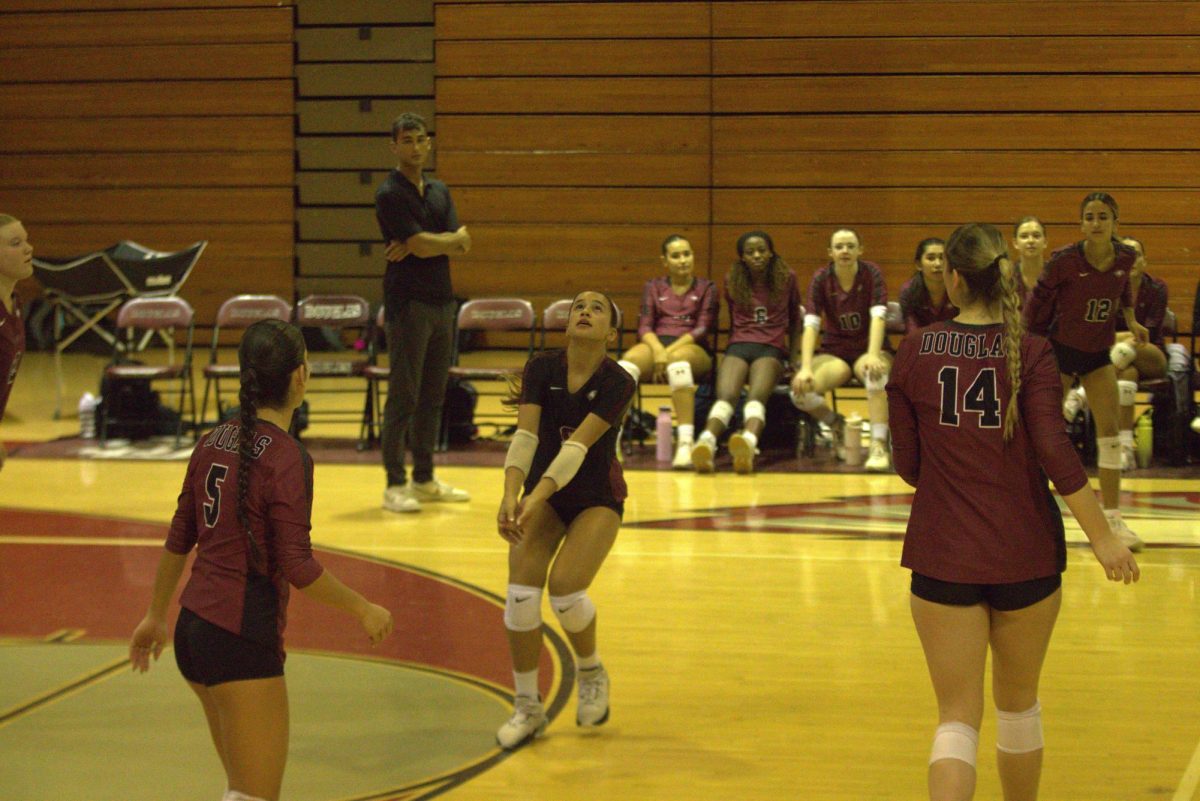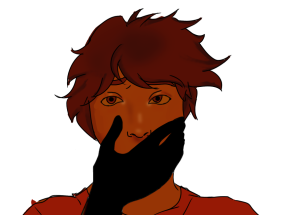MSD students voice opinions on the innacuracy of diverse teen representation and how it plays into harmful stereotypes
December 8, 2022
Media has the responsibility of breaking through racial stereotypes and representing the diversity of American communities in the eyes of 68% of American television content viewers, as proved by a Statista survey. Nevertheless, 58% of these viewers feel that news and entertainment media continue to reinforce harmful stereotypes about diverse people in the United States.
In recent years, the demand for accurate representation on screen has increased and with that, comes the responsibility of portraying those depicted in a realistic and truthful manner. This representation is of particular interest to Marjory Stoneman Douglas High School students when it comes to teen portrayal and the diversity of their depictions.
As concern rises regarding diverse representation in film, an influx of teen-based shows and movies have attempted to do their part by including a more diverse cast of characters. Yet, with these attempts comes the now common criticism of mishandled representation. People argue that solely having a diverse character is not enough; in order for this representation to mean something, characters require depth, instead of existing to further the plot or the main character’s development.
The show “Riverdale” serves as one of many examples of media that has mishandled their people of color (POC) representation, so much so, that former Riverdale actress Vannessa Morgan took to tweeting about her role on the show: “Tired of how Black people are portrayed in Media, tired of us being portrayed as thugs, dangerous or angry scary people. Tired of us also being used as sidekick non dimensional characters to our white leads. Or only used in the ads for diversity but not actually in the show.”
Racial, cultural and religious diversity are three forms of representation that students feel should have a larger presence in the media. However, they find that lack of representation is not always the problem. Many have found that their culture and religion is inaccurately depicted within film as well, distorting what they believe in and how they act as well as enforcing damaging stereotypes.
“As a Muslim, I feel that my religion is not correctly depicted in the media,” sophomore Adinda Firman said. “I can immediately think of at least five TV shows and movies where Islam is represented inaccurately. I believe that the way Muslims are represented in the media contributes to negative misconceptions about the religion. This, in my opinion, is damaging because it could give a false impression to someone who is unfamiliar with the faith.”
Students have additionally observed that many films, such as “The Help” and “The Devil Wears Prada,” attempt diversity but fail due to their incapability to form fully fleshed out POC characters. Instead, films provide an audience with a character who continues to play into traditional roles and harmful stereotypes, leaving teenagers feeling as if the representation is more of an ingenuine form of appeasement than an accurate display of diversity. In trying to incorporate such characters, many films also attempt to tackle the topic of racism, which students find is often dealt with rather insufficiently.
“A show I believe misrepresents teens is ‘Degrassi: Next Class,’” sophomore Amaiya Edwards said. “It has topics of racism against black and Muslims, but does not handle them properly. There is also a POC character that is canonically mentally ill and villianizes them, while there are two white, mentally ill characters, who are treated much differently.”
Another form of representation students have found quite lackluster is that of the LGBTQ+ community. Many have come to the conclusion that the incorporation of queer representation in media is more performative than anything else. Additionally, it has also come to their attention that LGBTQ+ representation often depicts only a specific segment of the community.
One piece of media many point to as a culprit of this is “Love, Victor,” which although pitched as a more diverse successor to the movie, “Love, Simon,” only diversifies the characters in terms of their ethnicities. The show does not, like many had hoped, introduce any other queer characters besides the two men, the main character and love interest, just as they did in “Love, Simon.”
Mental illness is yet another prevalent issue amongst teens; many feel it is often glossed over, romanticized or not depicted at all within media. According to the World Health Organization, one in seven teens experience a mental health disorder globally, yet media rarely portrays it accurately, often using it as a plot device or depicting it as something negative.
“I want to see the ugly parts [of mental illness] of teen life in media,” Edwards said. “I want to see them without them being romanticized, but to actually represent those who face them and in a way that can make those who don’t necessarily relate understand.”
Still, other forms of representation, besides those listed above, lack enough presence in the media that students were unable to identify a single show or film that depicts them correctly. Neurodivergence and disability representation serve as two examples of this phenomenon.
“I think teenage characters, in some respects, should be relatable,” Firman said. “I find that with the books, movies and shows I enjoy, there is at least one character that I relate to. I think that is important because it makes me feel like someone gets the way I’m feeling.”
Thus, accurate representation allows teenagers to feel seen and offers them validation in their identity, hence why the inclusion of diversity is so important for teens. Without it, very few would be able to connect with media and would never have the opportunity to see someone like themself doing the things that they hope to achieve.

